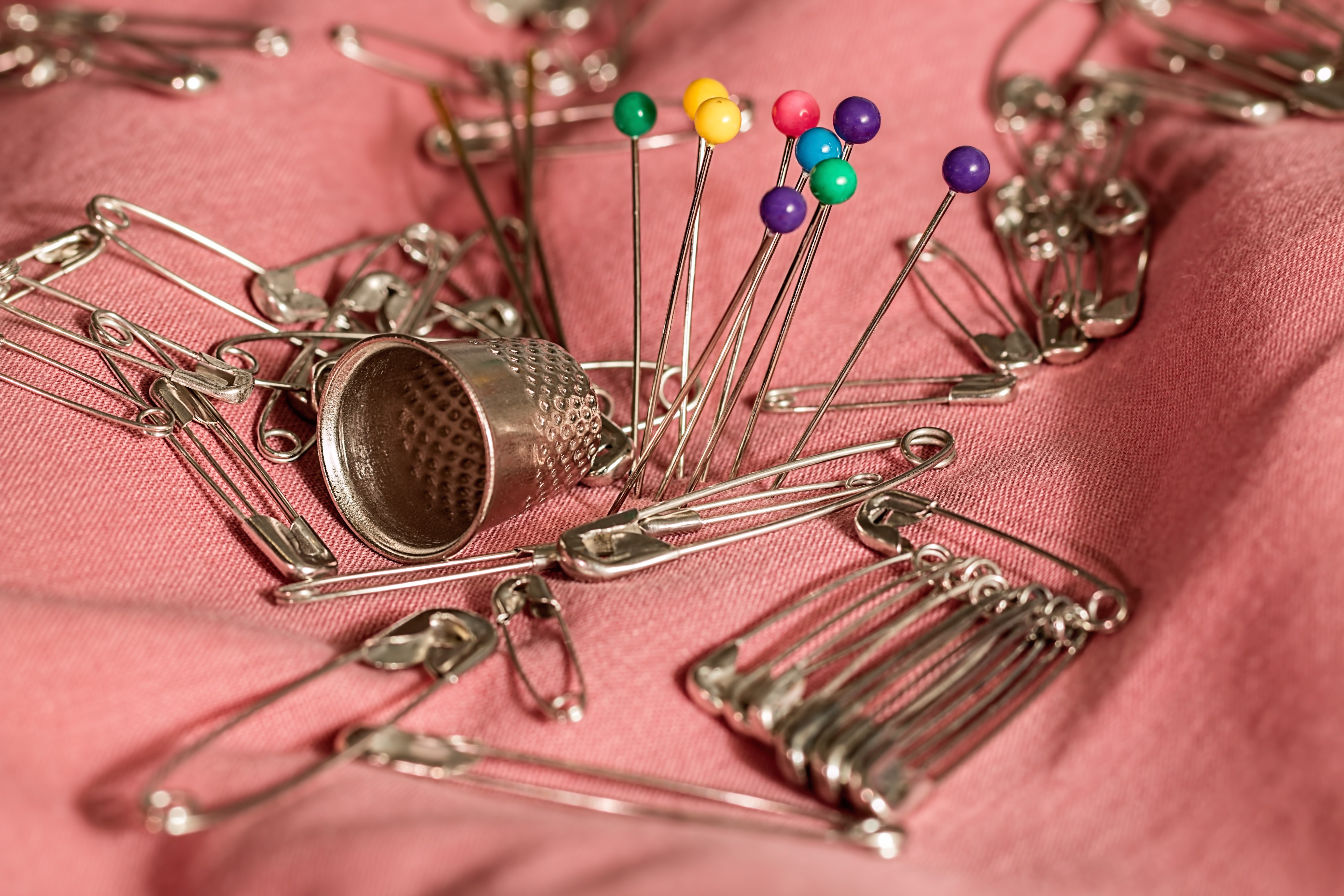Not sure how it all works? Don't know where to start? Check out our frequently asked questions.
Wedding dress alterations usually take three fittings:
There is no definitive answer to the cost of wedding gown alterations. It depends on the specific needs of each customer. Every wedding dress is different, and every figure is different. Estimating the price of alterations can only be done once I see the dress on your body. It also depends on the design of the dress – for example, whether it has beading, and how heavy the beading is, the type of fabric, etc.
We do however, have a price list page where you can get a rough idea of the cost based on what alterations you think need to be done. You can also send us some photos of the dress and a description of what parts you want altered, and I can give you an estimate price. Please contact us.
Thankfully, there are many options to save money on your wedding dress alterations.
You should start booking 6-8 weeks before your wedding, with your final fitting being about 1-2 weeks before, pending availability and circumstance. If you are not planning to lose (or gain) weight, I recommend booking your first fitting at about 4-5 weeks before your wedding.
If you are planning to lose weight up to your wedding date, I can fit you in about 3 weeks before. Please book well in advance, to ensure there is enough time for all necessary fittings before your wedding.
Taking in a dress to fit isn't too difficult, but the opposite isn't so easy. Some delicate fabrics can easily fray, and hiding the original stitching can be near impossible – so always err on the side of caution and go up a size when in doubt.
The first fitting may take approximately 45 minutes. The gown needs to be pinned to show the best alterations for a good fit. You may also be shown Bustle options for a long train which will help you move freely and comfortably during your reception.
Recommendations for appropriate alterations, costs, and the expected completing time will be discussed at this first fitting. We aim to offer suggestions within your budget, but costs will vary depending on the complexity of each task.
You are at liberty to agree for work to be carried out, or you may choose to decline. You are under no obligation at this fitting appointment.
You should bring as many of your accessories along as possible. Most important? Shoes! If you haven’t purchased your shoes yet, bring along a pair that have a similar heel height – but ideally, you should bring the shoes you plan to wear at your wedding by the time the dress is being altered.
It’s also a good idea to wear the undergarments you plan to wear on your wedding day. Bring along a veil or headdress, with wedding day jewellery to get an idea of how everything will look together! Bringing along a trusted friend or family member is also a good idea, in case you need to make an on-the-spot decision and require a second opinion.
Most stores that sell bridal gowns will have the dresses be a little larger than it should be. This is because altering a larger dress into a smaller one is much easier (possible) than making a smaller dress bigger (limited options). Most shops will take your largest measurement and base your dress on that to make sure that the dress can be altered if it does not fit properly.
Technically, dresses can be re-sized down up to 4 or 5 sizes. For the best results and value, I suggest re-sizing only 1-2 sizes down.
Yes, but it depends on the gown. How much a bridal gown can be let out will depend on how much seam is available. It may also be possible to change the zip back to a lace-tight back to gain a bit more room. But overall, it is a lot hard to up-size than down-size.
In my opinion, it's the unique craftsmanship that goes into each gown and the perfect fit on the Bride. No other dress you will ever wear will come close to matching the singular nature of your wedding gown.
Wedding gowns differ from everyday dresses and even other evening wear. The closest fashion to wedding gowns is the handmade couture gowns you might see on the red carpet. A wedding gown often has several layers, intricate beading, lace accents or complicated hems and trimmings that make alterations difficult and complicated. Wedding gown alterations specialists have to take all of these factors into consideration when making changes so that the dress fits you perfectly come your wedding day.
Most stores that sell bridal gowns will have the dresses to be a little larger than it should be. This is because altering a larger dress into a smaller one is much easier as compared to making a dress bigger from a smaller dress. Most shops will take your largest measurement and base your dress here so to make sure that the dress can be altered if ever it does not fit properly. Even the best designed gowns may still need some adjustments.

